Year: 2015
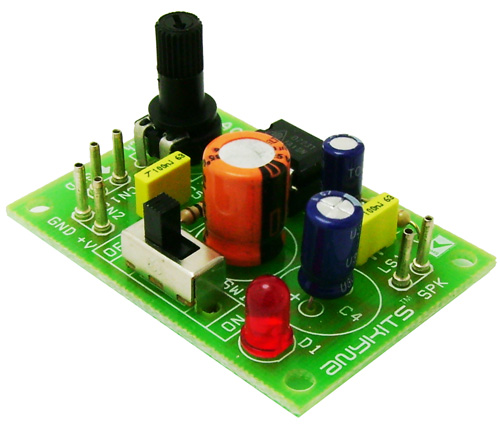
1.6W Mono Audio Amplifier
1.6W Mono Audio Amplifier Project is based on TDA7231, which is class AB power amplifier with a wide range of supply. Power supply: 5 To 12 VDC Output: 1.6 W, 4 Ω / 1 W, 8 Ω Low crossover distortion, soft clipping PR1 Preset for Volume Adjust Terminal pins for...
Continue Reading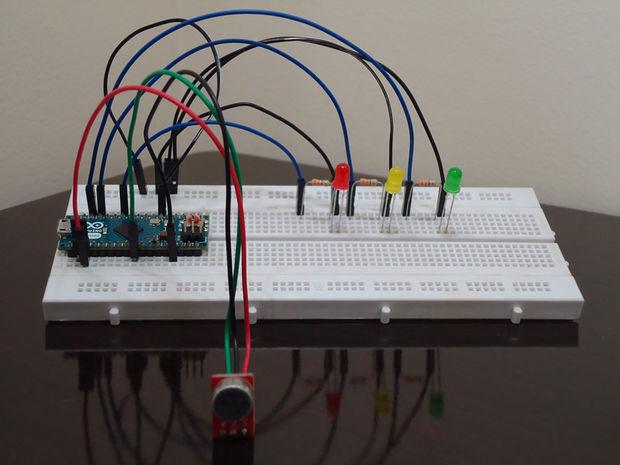
Speech Recognition with Arduino and BitVoicer Server
leandro4b @ instructables.com shows us how to control some LED using your voice. He used an Arduino board and BitVoicer server to make this happen. In this Instructable I am going to show how to use an Arduino board and BitVoicer Server to control a few LEDs with voice commands. I...
Continue Reading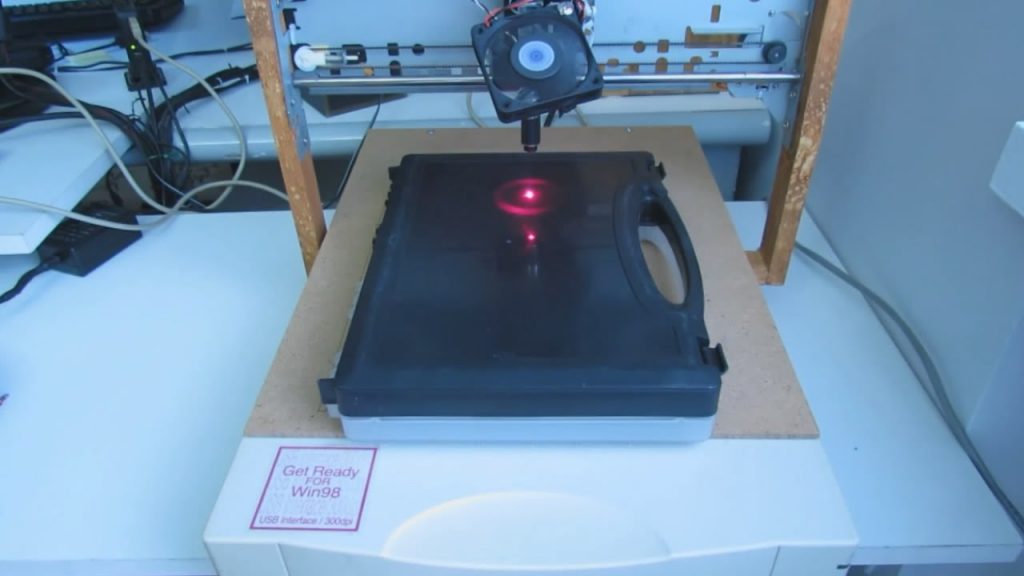
A DIY A4 Laser Engraver using ATmega328
Davide Gironi demonstrates his DIY A4 laser engraver made from a scanner and a printer using ATmega328: This “Get Ready For Win98″ Laser Engraving Machine it’s built using an old scanner, and an old printer. A laser engraving machine is a tool that uses lasers to engrave an...
Continue Reading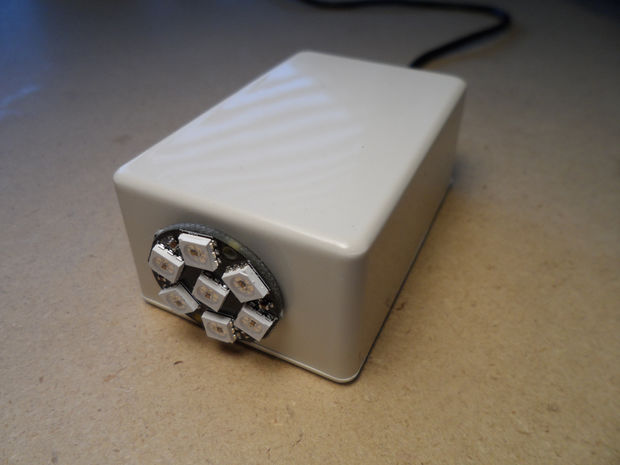
Fake TV Security Light
RonM9 @ instructables.com has build a fake led TV security light based on Arduino and NeoPixel WS2812 LED ring. Fast & Easy Fake-TV Light module built for under $5; with enhanced features. With the use of this device you can go on vacation leaving your home with a lived in...
Continue Reading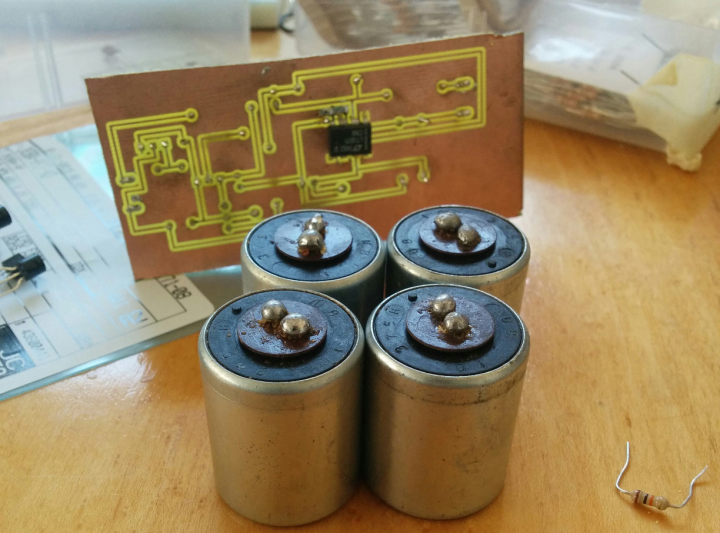
Using Geophone Sensors to detect seismic events
JTAdams @ jtadams.ca has build an interface for his geophones using Raspberry Pi and managed to record some seismic events on this. He writes: I have always been fascinated with how seismic detection can see what is under the ground. So much so, that I decided to try it for myself....
Continue Reading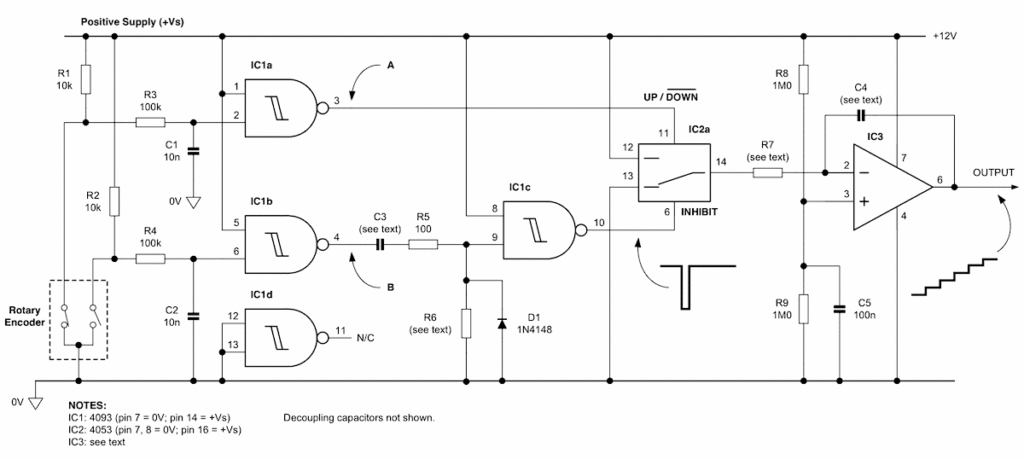
Control accurate incremental voltage steps with a rotary encoder
by Anthony Smith @ edn.com: Experimenting with an HF oscillator, I needed to control the varactor diode voltage in precise increments over a 2V-10V range. A buffered potentiometer was the obvious choice, and connecting two pots in series to give coarse/fine control (or using a...
Continue Reading
CAN Transceiver for Automotive
The TJA1042 of NXP Semiconductor is a CAN transceiver with high-speed capabilities that provides a physical link between physical transmission medium and the protocol controller. The transceiver is designed for high-speed (up to 1Mbps) CAN applications in the automotive industry,...
Continue Reading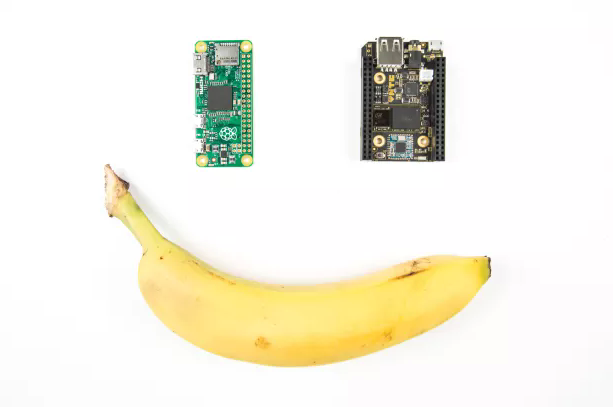
C.H.I.P. vs Pi Zero: Which Sub-$10 Computer Is Better?
David Scheltema @ makezine.com compares the C.H.I.P computer with Pi Zero to find our which is the best option for your next project: Now that there are two capable, sub-$10 computers for Makers — the $5 Pi Zero and the $9 C.H.I.P. — the debate will rage online over which board...
Continue Reading










